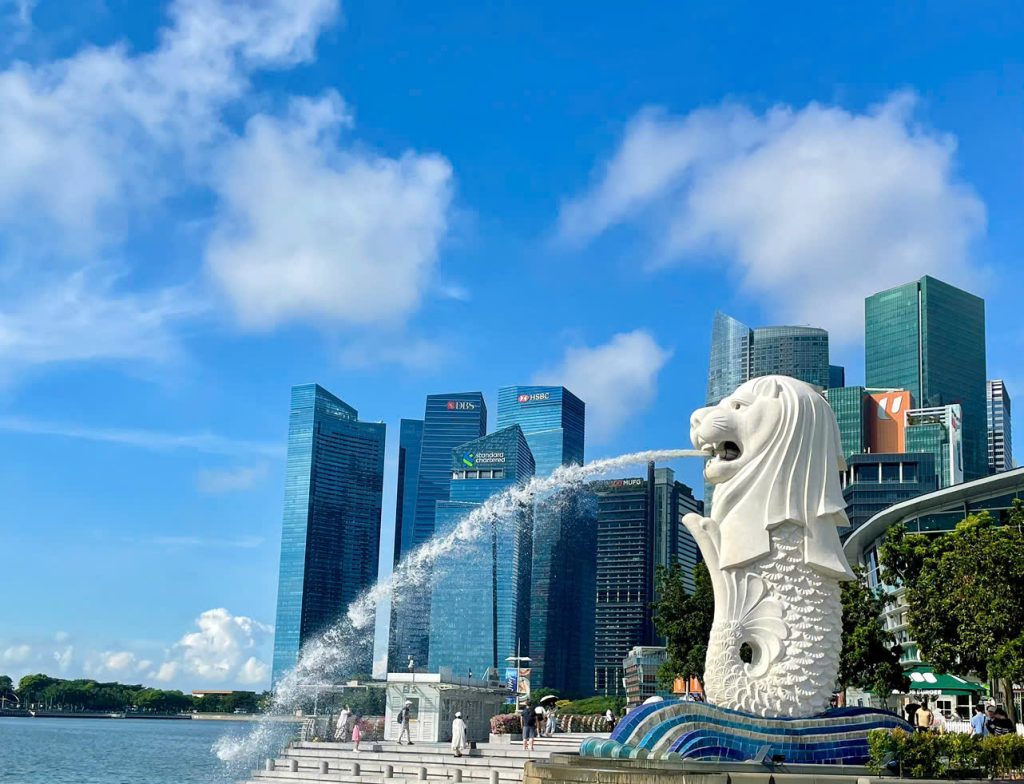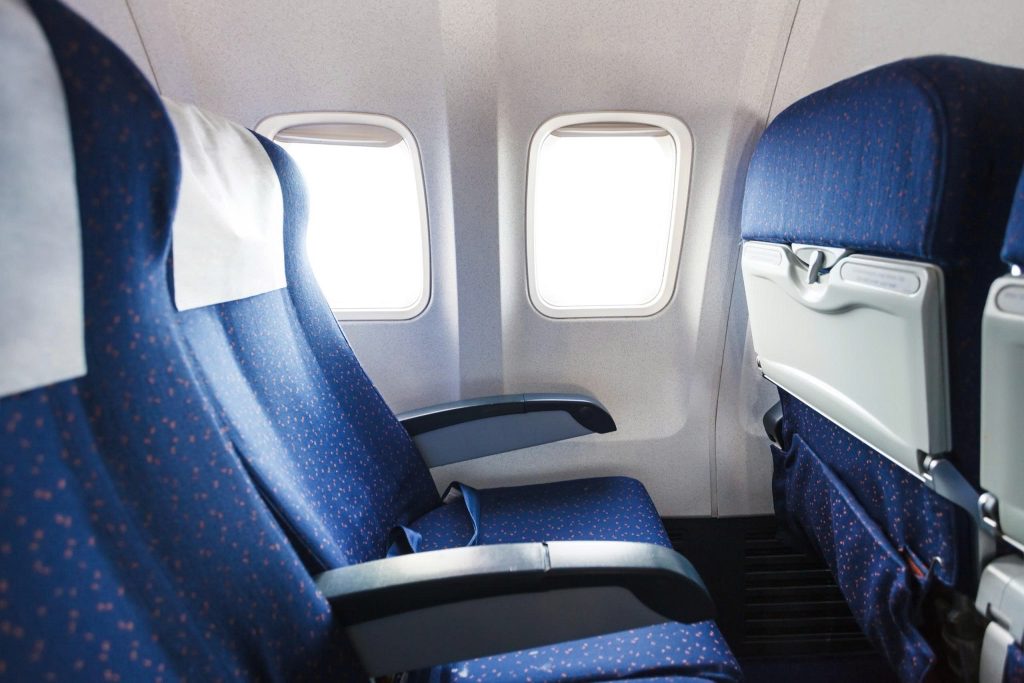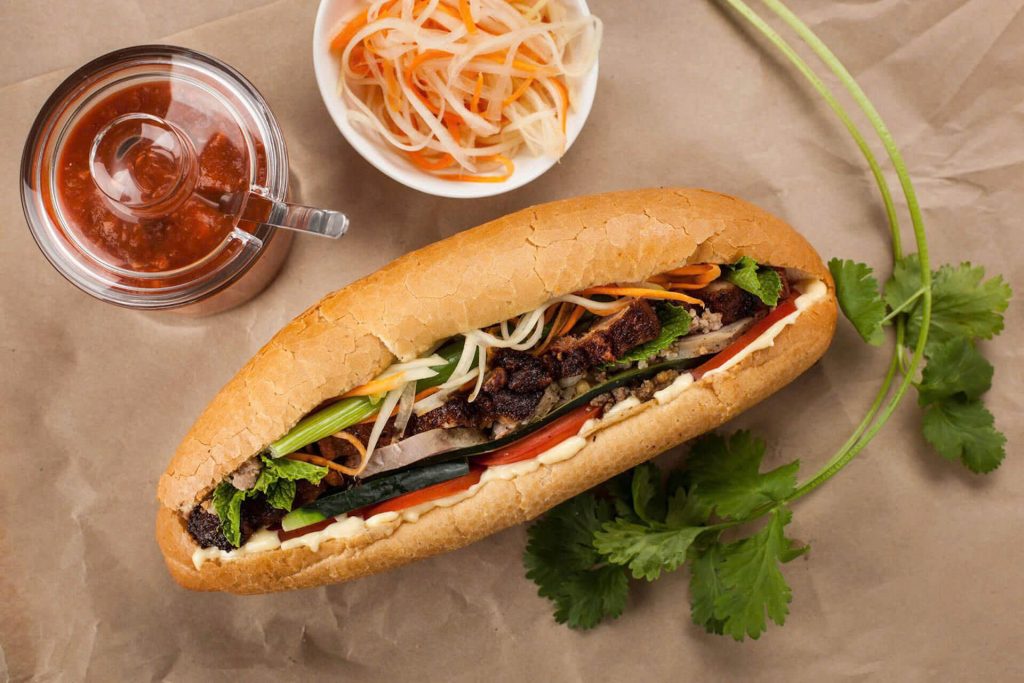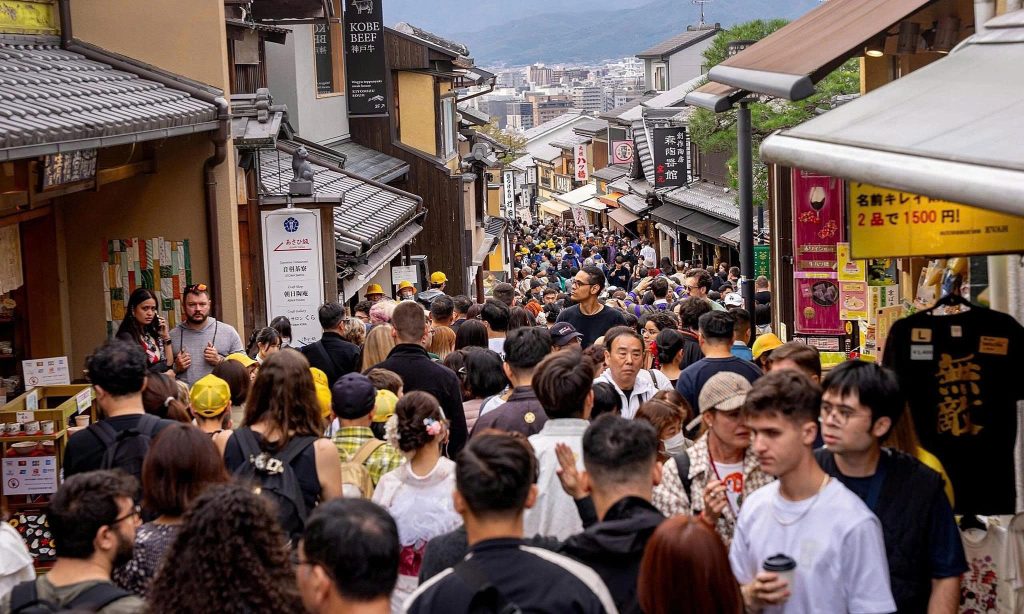For many Chinese people, Singapore is a dream destination until they realize the cost of living there is “staggeringly” expensive.
Melody Liu, a tourist from Harbin city in northeastern China, had spent $700 (5,000 yuan) just three days into her trip to Singapore. She put on a hooded sun-protective jacket to continue walking in the sweltering heat of the destination. She said she was shocked that a 10-minute taxi ride cost over 100 yuan ($14), whereas in her hometown, it would cost less than 20 yuan.
Liu knew Singapore had a high cost of living, but only after experiencing it herself did she realize everything was more expensive than she had imagined.
Liu is among millions of Chinese tourists who have visited Singapore since the bilateral visa-free policy was implemented in February. In nine months, an additional 2.5 million people chose Singapore as their destination.
This surge has been fueled by the visa-free agreement, along with pent-up post-pandemic demand and the rise of “da ka” — a trend among Chinese youth tourism, where they seek visually appealing experiences to post online.

Singapore’s strong presence on Chinese platforms like Xiaohongshu, where numerous attractive itineraries and travel content are posted, has helped solidify the destination’s reputation as clean and modern.
However, Singapore’s high prices have become a heated topic of debate among young, budget-conscious, first-time visitors. Industry insiders suggest this is partly due to the strong Singapore dollar, which has appreciated against the Chinese yuan.
Robin Loh, founder of Let’s Go Tour Singapore, stated that since the beginning of 2023, the Singapore dollar has appreciated by about 6–7% against the yuan, making the price difference even more noticeable for Chinese tourists.
Data from the Singapore Tourism Board (STB) shows that the average spending of Chinese tourists dropped sharply, from $1,720 in 2023 to $1,145 in 2024. However, the figure showed a slight increase in the first half of this year.
Sisters Alice and Vivian Zhou, both 23 and students from Guangzhou, were “completely surprised” when their bill at a Singapore restaurant included 9% Goods and Services Tax (GST) and a 10% service charge, neither of which were clearly stated on the menu.
In China, Value Added Tax (VAT) is usually already included in the listed price, including on menus, and most restaurants do not charge a separate service fee.
Room rental prices also stunned them: a normal three-star hotel cost over 1,200 yuan (nearly $170). “It’s really too expensive,” Alice said.
On social media platforms like Xiaohongshu and Weibo, Chinese users share numerous stories about the high prices in Singapore: 15 yuan ($2) for a bottle of water in a convenience store, 50 yuan ($7) for a sandwich, or over 3,000 yuan ($421) for a two-person meal at a seafood restaurant along the Singapore River.

“Singapore is so expensive that I lost 3 kg in just three days. I only ate one meal a day, which was the free breakfast at the hotel, and only drank water when I returned to my room,” a Chinese tourist shared online.
Robin Loh said the current wave of Chinese visitors are younger people, a segment with lower incomes compared to the older generation. Additionally, neighboring countries offering cheaper costs make Chinese tourists think “Singapore is expensive.”
Law Yock Song, co-founder of the travel company Ludus Lab, noted that every country wants to attract Chinese tourists because it is a huge market, but compared to Singapore, Thailand, Malaysia, and Indonesia are much cheaper, offering a greater sense of value for money.
According to Jester Koh, an economist at UOB Bank, the Chinese economy has slowed since mid-2023 due to prolonged deflation and intense domestic price competition. This has made goods and services in China significantly cheaper compared to Singapore — where prices are still rising moderately.
To keep their spending within the 3,000 yuan budget for their 5-day trip, the sisters Alice and Vivian Zhou decided not to shop, only ate at hawker centers, and used public transport.
Despite maximizing savings, many Chinese tourists are still willing to pay a higher price to visit Singapore for the peace of mind it offers.
Law Yock Song noted that after a few shocking incidents where Chinese people encountered issues while traveling in Asia, safety has become a major plus point for Singapore.
For some tourists, Singapore’s visual beauty is the biggest reason attracting them.
Standing on a bridge over the Singapore River, Jade Chiang, a 33-year-old software engineer from Zhengzhou, recorded a video for her “da ka” post — a popular Chinese online trend where tourists post photos or videos at famous landmarks.
Tourism company director Robin Loh believes the aesthetic factor is the biggest driver for this new wave of tourism. They want beautiful, eye-catching photos that they can show off to friends or post on social media to prove they have visited a famous location.
“The value of the aesthetic factor in tourism today is immense,” Loh said.
Social media platforms have been regarded as “travel bibles” by Chinese visitors, according to a survey by Dragon Trail International. 52% of respondents said they relied on advice on Xiaohongshu to plan their trips, while 43% chose Douyin (the Chinese version of TikTok).
Seizing this trend, the STB has collaborated with stars like singer Jam Hsiao and actor Sun Yue to produce short videos promoting the destination on social media.
According to Andrew Phua, CEO for STB’s Greater China market, Chinese tourists now tend to seek deeper and more interactive experiences, rather than just visiting famous photo spots.
Rachel Chen, founder of the travel company Culture Curious Tours, said an increasing number of tourists aged 30-40 are interested in Singapore’s social and economic development, instead of luxury shopping. To meet this demand, her company has launched tours visiting urban planning and public housing sites, including visits to high-rise residential areas and a gallery showcasing Singapore’s modernization process.
Retailers are also quickly adapting, aiming to attract Chinese tourists with visually appealing, easily photographable experiences. One example is the clubFace golf facility, which has partnered with KOLs (key opinion leaders/social media influencers) to promote its brand.
“Chinese tourists like social activities that allow for beautiful photos, and they are very sensitive to short videos or word-of-mouth recommendations,” said Ms. Yeo Yi Juan, head of communications for clubFace. She also shared that the number of Chinese guests surged after their Xiaohongshu page “went viral” online.
(According to SCMP)

















